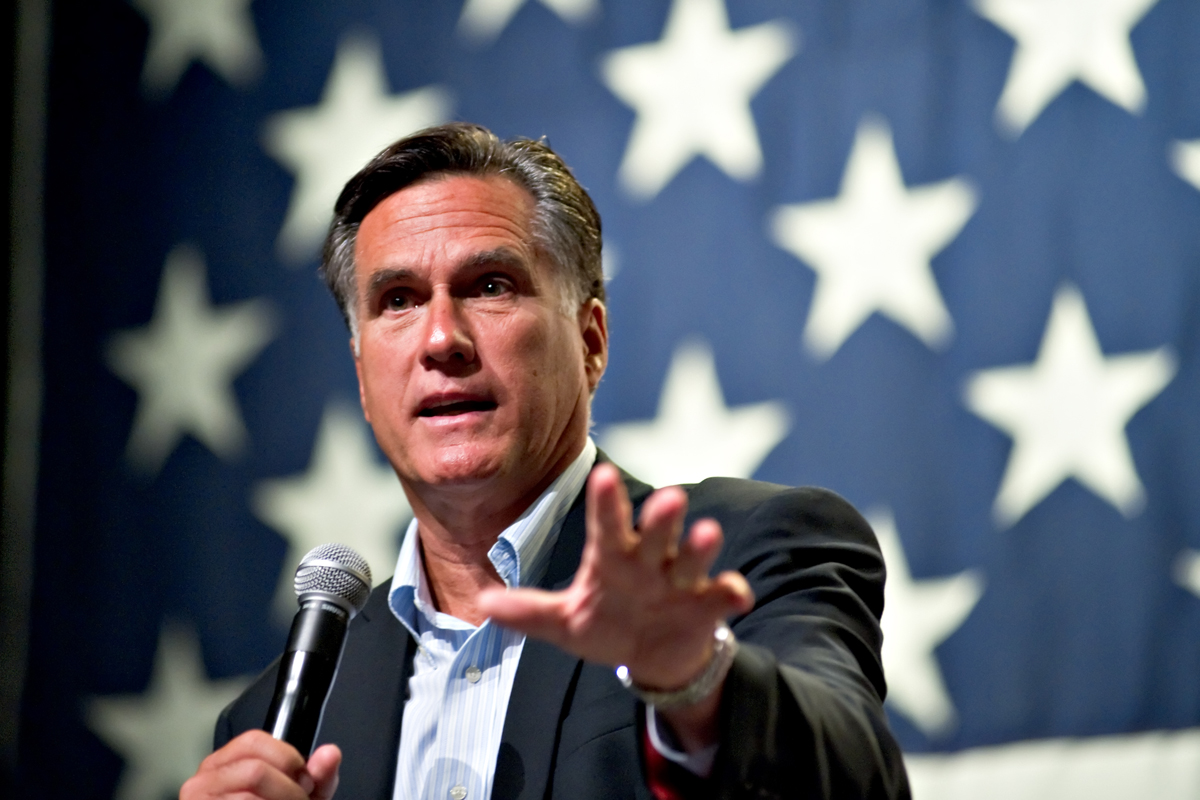Why the New Netflix Documentary About Mitt Romney Fails
In late 2006, Mitt Romney went through a public relations facade, telling the press that he would meet with his family over Christmas to vote on whether or not he should run for President, and later releasing information and video about that staged event. Of course, the decision to run had been made long before—Romney had been running since 2004, had much earlier opted not to run for re-election as governor of Massachusetts, and by the time of the “vote” had already set up elaborate plans for a massive kickoff fundraising event at the Boston Convention and Exhibition Center (at which the campaign lied to the press about the amount raised).
The new documentary “Mitt,” available on Netflix today, begins with that wintry family gathering as they pretend to vote on whether he should run. The scene is presented without any sense of irony, as just one of a series of supposedly fly-on-the-wall peeks into the behind-the-scenes Romney. But as that scene demonstrates, with Romney, his wife, and his sons, you really need to assume that they are always aware of the fly on the wall; everything is at least partly a show for some purpose.
That’s just good politics—and Romney is a great politician with a great, cooperative political family.
Although you might have read that you’ll see the “authentic Romney” in this film, I was disappointed—or perhaps just more cynical. There isn’t really that much behind-the-scenes footage, and most of what’s shown are set-piece conversations between conveniently well-arranged seated individuals; scenes that are included not for their inherent interest but because they take place before or after a debate or other major high-performance event. There are no chance interactions or exchanges; no facade-down moments caught from the many, many months and years of normal day-to-day campaigning.
I was particularly caught by a brief, wordless montage of Romney, who, after heartfelt discussion with the family, struggled to write the speech announcing he was dropping out of the 2008 race. The viewer is clearly meant to imagine the man straining for the right words to convey the conflicting and heavy personal emotions in his heart.
In fact, the speech he was writing—a portion of which is visible on his computer screen—was in fact a nasty, entirely impersonal, red-meat-for-the-rabid mess. Given at CPAC, it was most notable for his explanation for dropping out:
“I’d forestall the launch of a national campaign and, frankly, I’d make it easier for Senator Clinton or Obama to win. Frankly, in this time of war, I simply cannot let my campaign be a part of aiding a surrender to terror.”
But that came after a diatribe warning that “the threat to our culture comes from within,” stemming from welfare and Medicare. “Dependency is culture killing … We’ve got to fight it like the poison it is.” He also railed against the “attack on faith and religion,” the tolerance and “even celebration of” pornography; “sexual promiscuity”; the danger of following Europe into “disaster” which is “the inevitable product of weakened faith in the Creator.” Entitlement spending must be cut, he said, and unions cracked down on—whereas all manner of taxes and regulations must be lifted from business and investors. And, of course, he warned that both Obama and Clinton would “retreat, declare defeat” in the war on terror.
The film skips almost directly from Romney writing that speech in early 2008 to the infamous “47% speech” of 2012. Which, if you know what that earlier speech contained, really doesn’t seem out of character at all.
That is the authentic Mitt Romney—or, one of the authentic Mitt Romneys. The one who worships Ann and adores his grandchildren is also authentic, as is the one who worked relentlessly for a decade, willing to do or say almost anything in pursuit of ultimate power. I was really looking forward to this documentary adding to these portraits we have of the man, but I can’t say it really did so for me.



